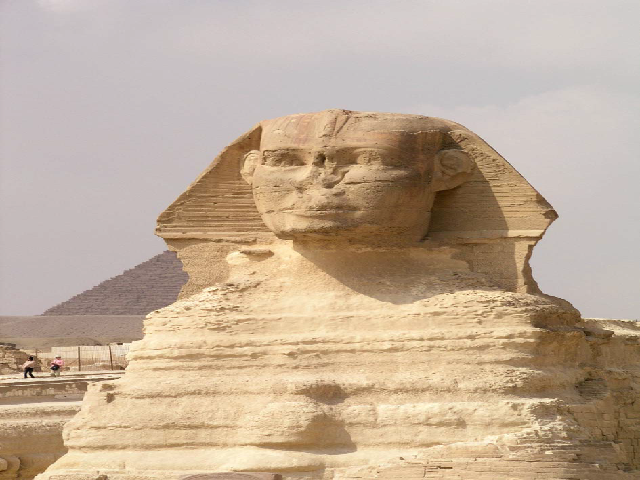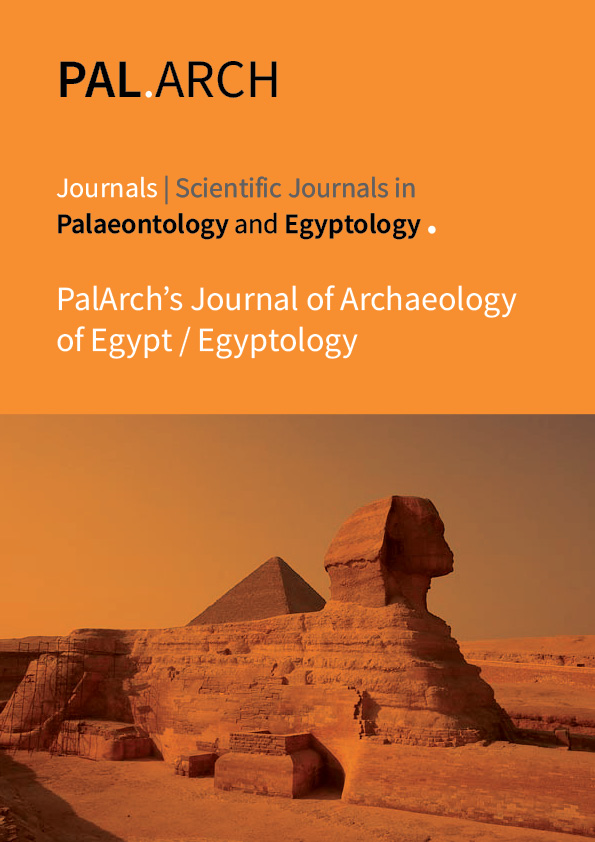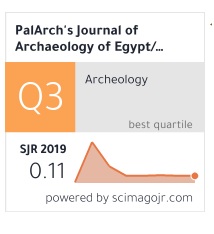The Sphinx: Dramatising Data … and Dating
Abstract
Geology and archaeology, carefully entwined, form the basis for deciding on a date of construction for the Great Sphinx at Giza. Over a decade after Robert Schoch’s controversial Pre–Dynastic proposal, Colin Reader takes up the debate again in the new millennium, and suggests a less extreme re–dating to the Early–Dynastic era. In tracing the data that forms the backbone for the ‘older Sphinx’ theories, I have found that a model of groundwater seepage leading to increased salt weathering rates explains the currently visible erosion morphology without requiring a change in the accepted chronology. On the archaeological side, several surrounding Giza monuments place an important limit on the possibility for an older Sphinx
Downloads




